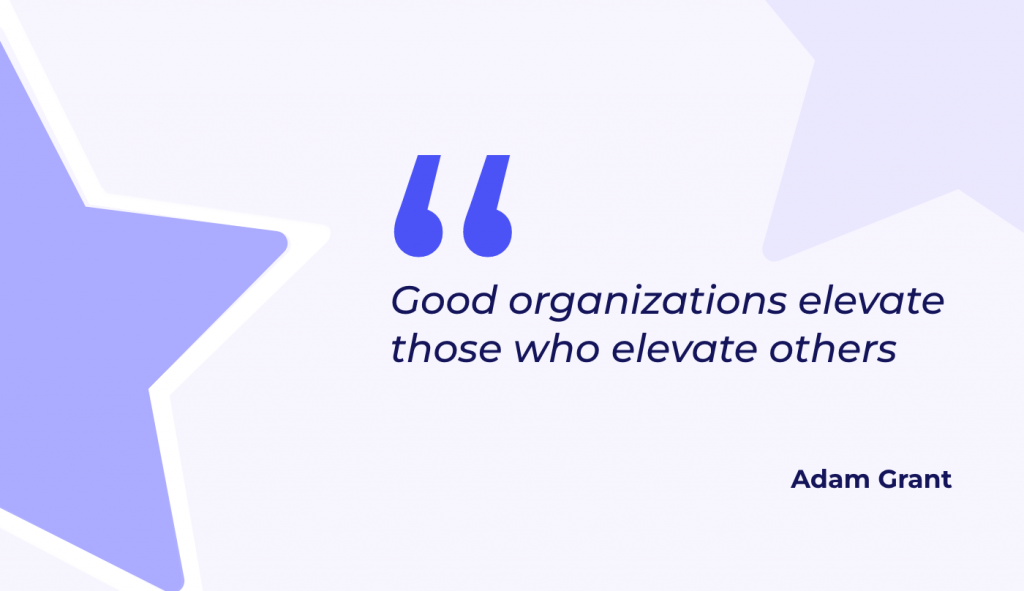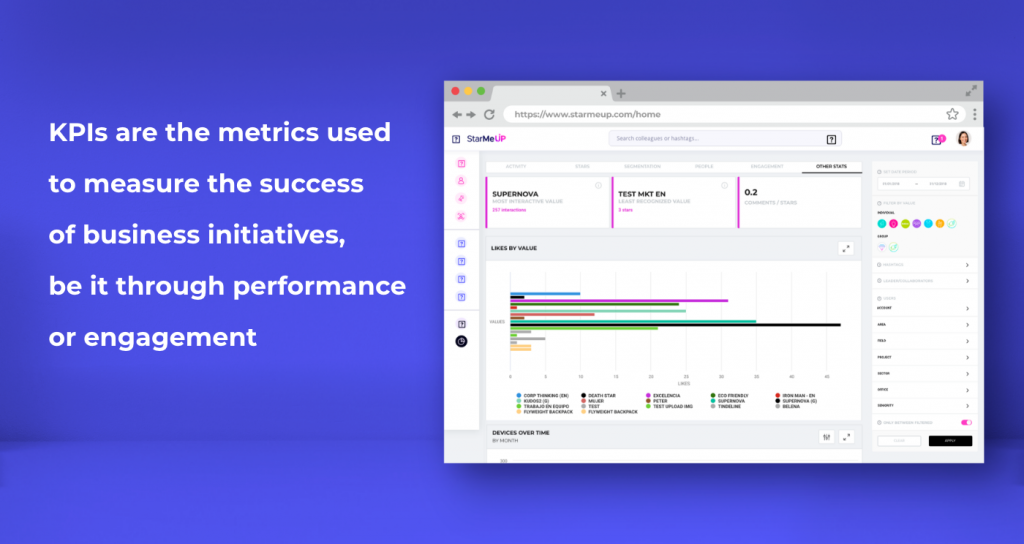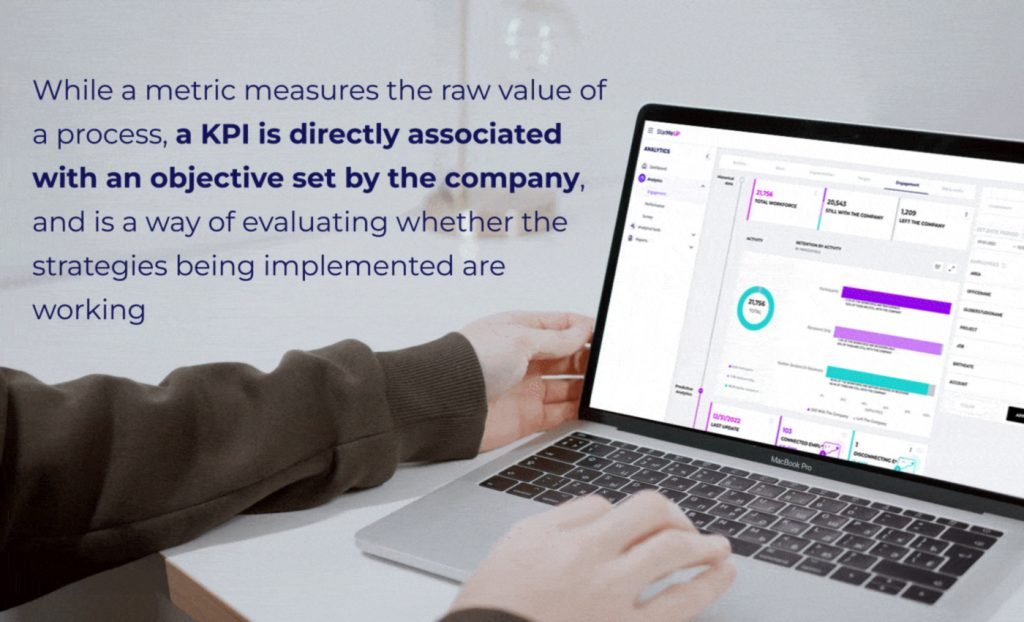Tell us what KPIs you use and we’ll tell you what type of leader you are
Choosing the right KPIs to measure company culture: why it matters and how to start

Tracking and analyzing company culture through Key Performance Indicators is a smart way to gauge business success and talent retention this 2023. However, they are only effective if chosen carefully and applied correctly.
Key Performance Indicators (KPIs) are more relevant than ever. Leaders looking to gain a competitive advantage in 2023 are turning to metrics to gain actionable insights that will help drive business growth. But with thousands of metrics available, which ones should leaders choose to focus on? Furthermore, can intangible aspects of working life, such as well-being or organizational culture, be measured? While company performance can be tracked, culture is not as easy to quantify.
Leaders wishing to measure company culture would do well to start by defining what a healthy work culture looks like. The foundation of a positive work culture is usually composed of a particular set of behaviors that reflect the ways in which people come together to work towards the company mission.

The alignment between values and long-term vision is what differentiates a healthy work culture from a toxic one. In the latter, disengagement is usually fuelled by a lack of recognition, limited collaboration, and uncaring leaders. Adam Grant, an expert in organizational psychology, defines poor leadership as one that is totally results-driven: “Good managers care about well-being. Great managers care more about your well-being than your results.”
Talent do their best work when leaders put people above performance.
Adam Grant
Buzzwords abound in business, and many times certain terms are used incorrectly. It is common to see KPIs and metrics used interchangeably. This is incorrect. In marketing, KPIs are the metrics used to measure the success of certain initiatives, be it through performance or engagement.

Understanding the difference between KPIs and metrics is important. Once a KPI is clearly defined, a company can begin to make data-driven decisions (quantitative values) obtained by tracking the progress being made towards specific goals.
Key Performance Indicators vs Metrics
Key Performance Indicators are values that measure the effectiveness of a company’s progress towards a specific goal. They can help show whether objectives are being met or not. If KPIs are not being met, action can be taken to course correct.
Metrics, on the other hand, are the numeric values used to analyze the performance of a certain action taken by the company. Any decision made and action taken by a company that can be measured in some form is considered a metric. Thus, all KPIs are metrics, but not all metrics are KPIs.

Why you should measure your company culture
The future of work is here, and only organizations that put people and purpose and their center thrive. The majority of prospective employees seek “a great company culture”. In fact, a National Bureau of Economic Research shows that business executives indicate that having an effective corporate culture impacts value.

However, while managers are aware that company culture is important, fewer than one in three executives (28%) report understanding their organization’s culture. As a result, they are unclear on how to measure it, and thus cannot gauge if their initiatives are creating impact, or, crucially, whether their talent is engaged or at risk of quitting.

Understanding whether your company policies are impacting employee turnover rate is vital. This is where KPIs come in. They provide a way of measuring two fundamental metrics: talent satisfaction and productivity.
Three ways to measure KPIs to strengthen organizational culture
A good way to understand whether your company culture is helping you attract talent is to measure talent satisfaction and productivity. This can be assessed by looking at certain KPIs related to talent performance and engagement
According to Gallup, highly engaged workplaces see a 10% increase in customer ratings, and a 20% increase in sales.
Here are a few ways your company can measure these KPIs:
- Use polls and surveys to gather data on talent satisfaction. This will allow you to identify potential pain points. This real time information can also be used to measure the effort your employees put into their jobs and responsibilities.
- Use performance evaluations to get a holistic view of employee impact and encourage professional growth.
- Use continuous 360° feedback to gain data and understand how they relate to leadership figures in the organization.
In 2023, tracking and analyzing the strength of organizational culture will be key to company success. It is critical that your KPIs measure what really matters to you and your talent, and that they are related to your strategic goals. Digital platforms dedicated to strengthening organizational culture can be used to measure this type of data, providing valuable insights about talent retention.

StarMeUp does just that.
StarMeUp’s mission is to leverage technology to help organizations build authentic, inclusive, and sustainable cultures. It’s time to stand out from the crowd and make a real impact.
Looking to put your leadership development aspirations into action?
Discover how StarMeUp can help you create a culture that puts people first.
Schedule a demoLearn more about harnessing the power of culture and technology in your company by heading to our website and following us on Instagram, Facebook, LinkedIn and Twitter.